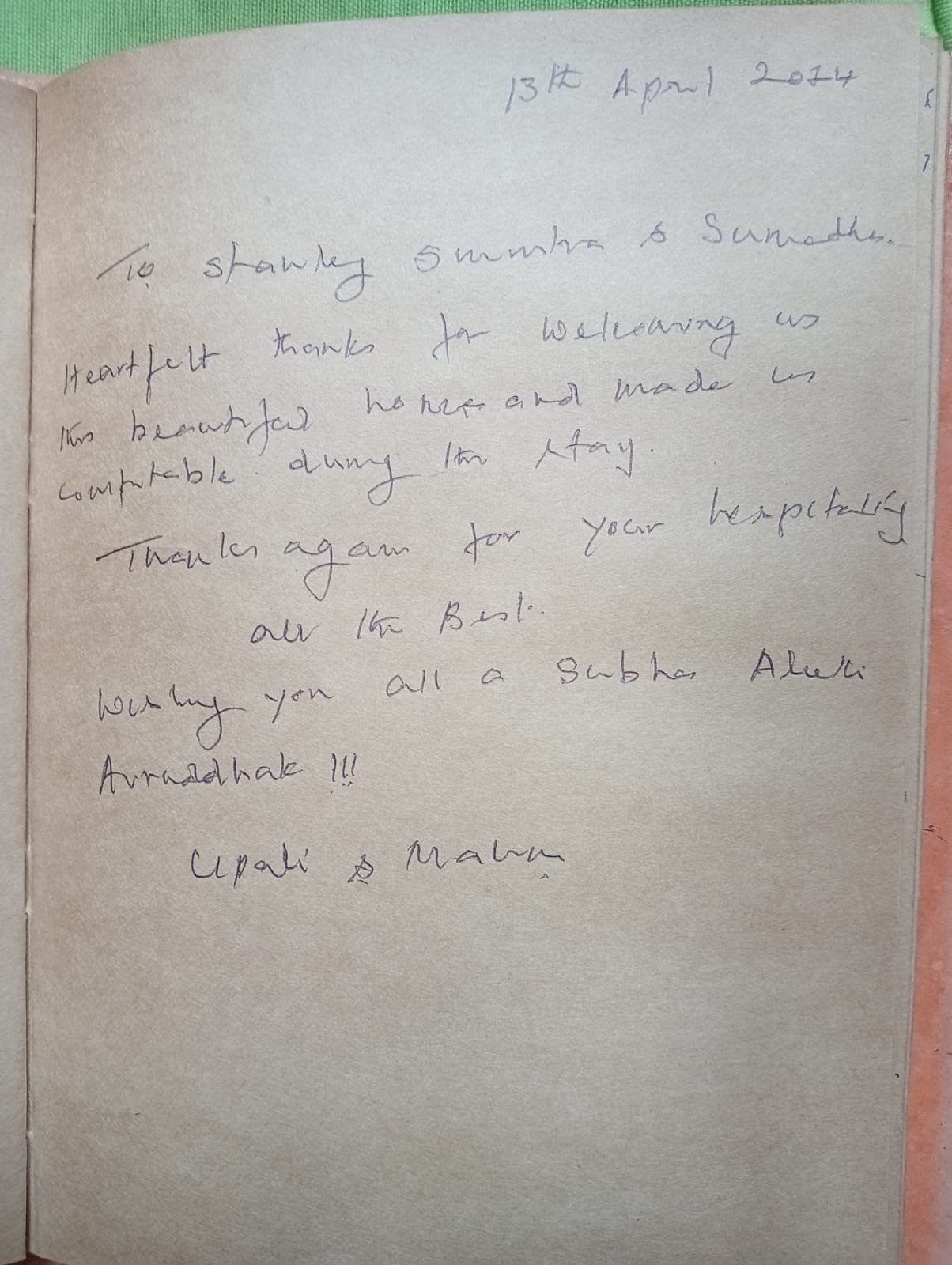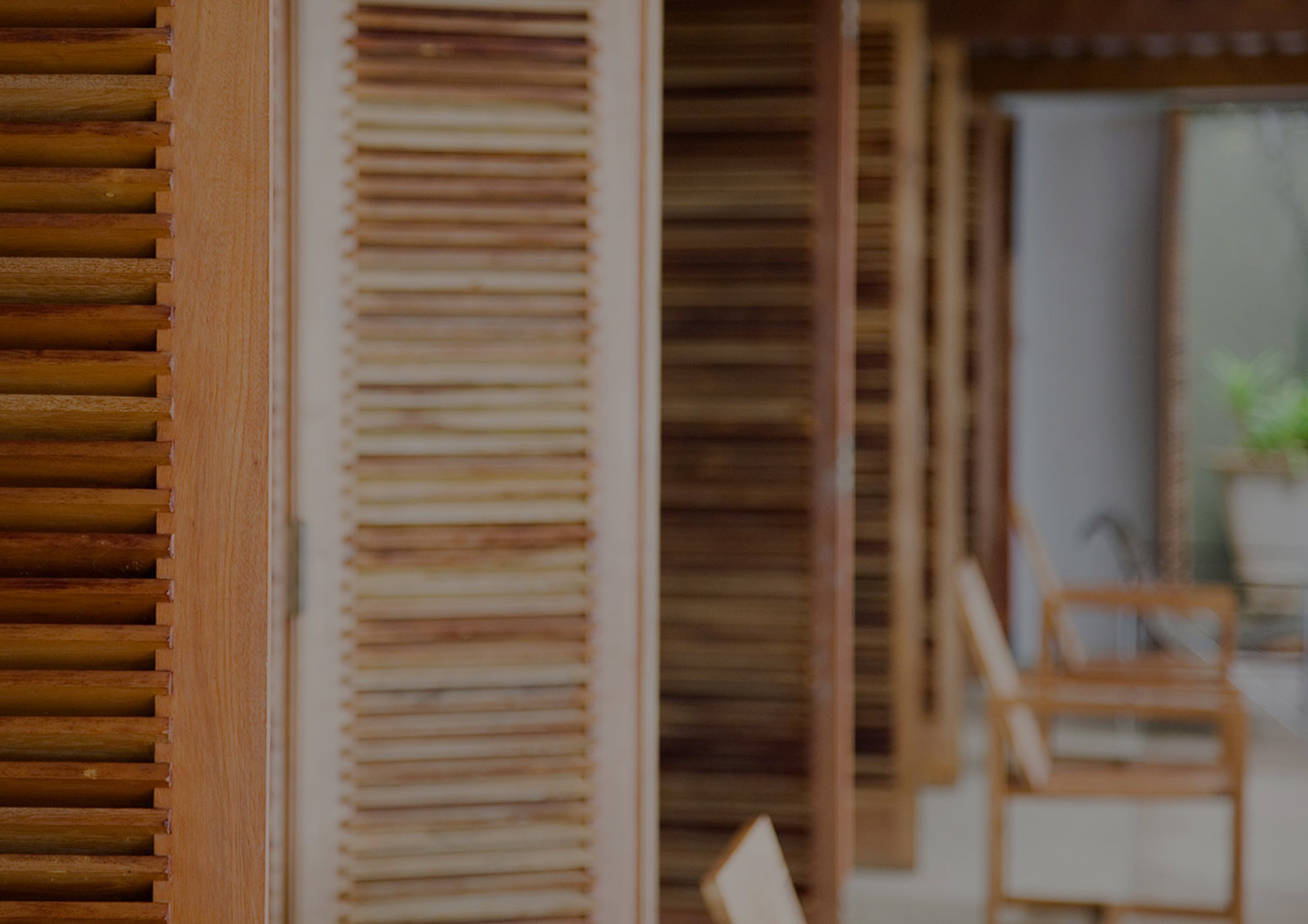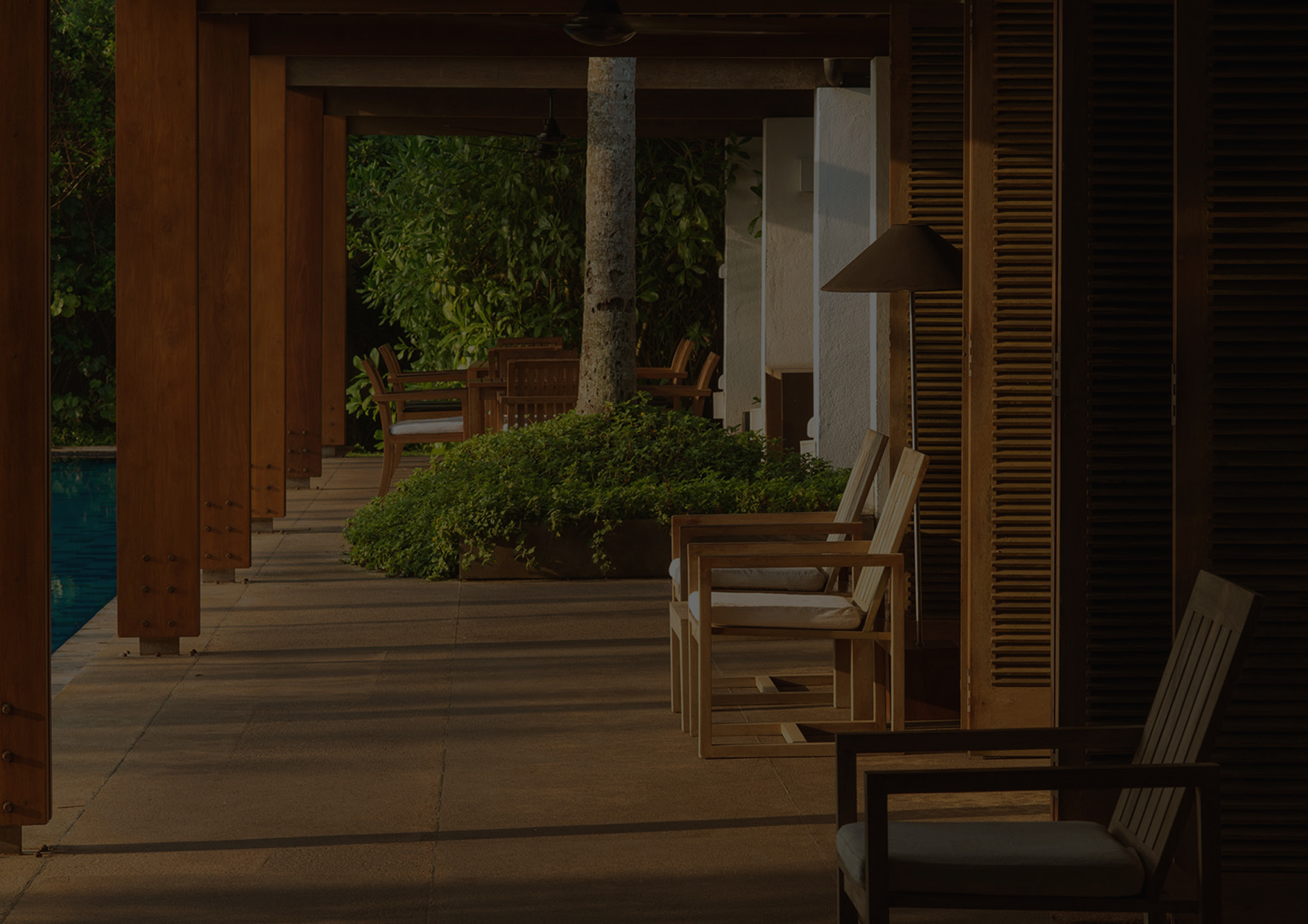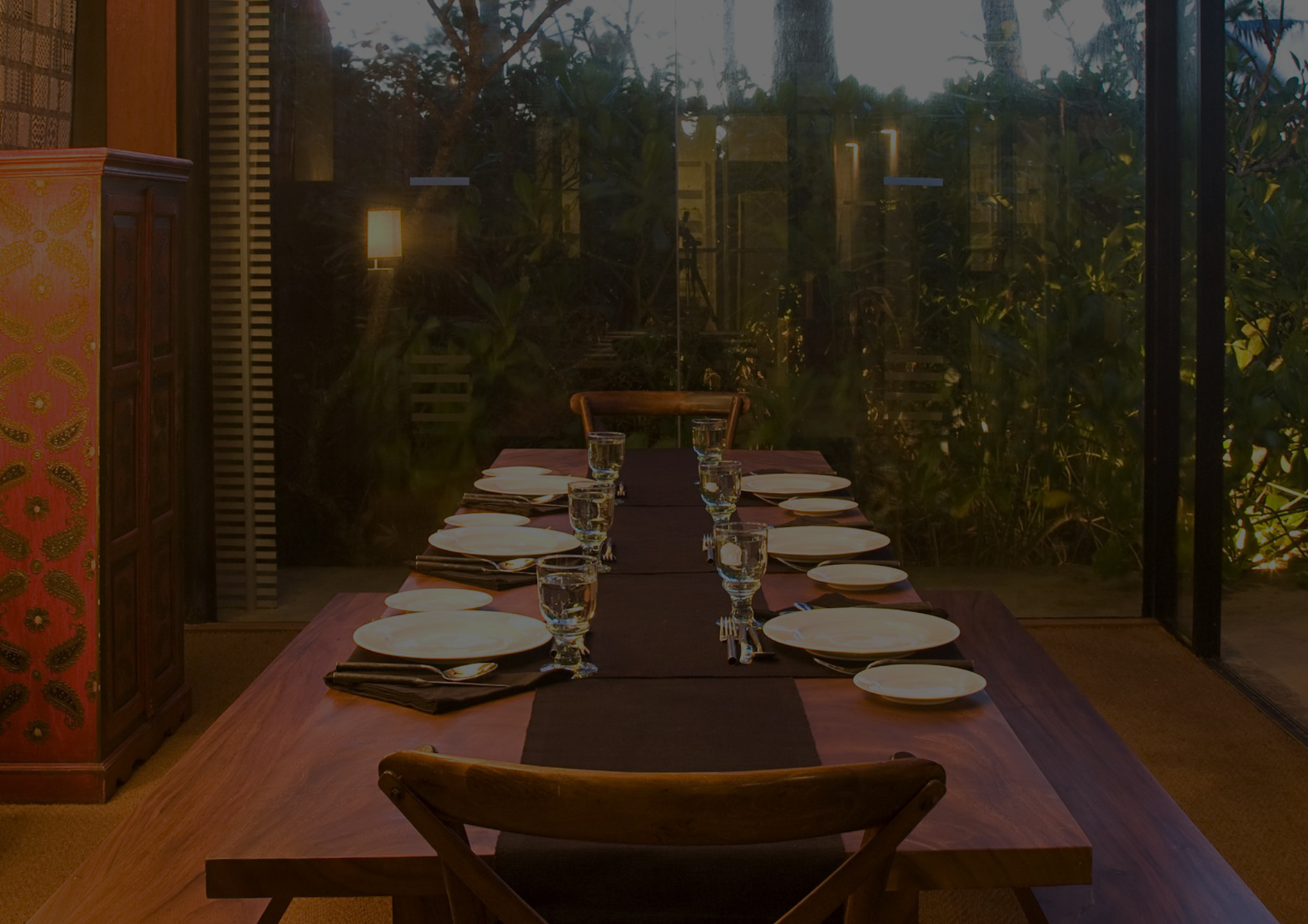About Villa Maggona
We are very pleased that you have decided to choose Villa Maggona as your home. In this short writeup we will let you know a little about the Villa, its history and special features that help us conserve water and minimize our carbon footprint. And we will also make some suggestions in how you can assist us in this latter objective.

The villa
The villa sits on a plot of land that for generations was owned by a family involved in the polishing and trade of precious stones. In fact, even today the neighbouring city of Beruwela remains the hub of the stone cutting and polishing business in Sri Lanka. The present owners bought the land and an old house that stood on it in 2004. Their intention was to take down the old structure and build a new villa in its place for use as a vacation home. Plans were made and approved and detailed drawings produced for a thoroughly modern two-story structure. Construction was about to begin.
But then the Tsunami came and everything changed. The Sri Lankan government imposed strict new regulations that forbade any new construction within 500 meters of the coast. However, no restriction was placed on renovating or refurbishing existing structures. Using this leeway the architect on the project worked with the owners to salvage the project. The decision was made to work with the existing old house. We would retain the footprint of the existing building, its external structure and roof. The inside would be gutted completely and redesigned as a family vacation home.
As it turned out this was more challenging and time consuming than constructing a new building. The roof of the existing structure had to be propped up while the inside walls were taken down. This was no mean feat. In the end the result was very pleasing. The architect on the project – Madhura Premetilleke – even won a design award for this work. It was conferred on him by the Sri Lanka Institute of Architects. The plaque for the award is affixed at the entrance to the Villa.
A general suggestion
We recommend that you keep the glass sliders closed at all times. The salt laden sea air is very corrosive to electronic equipment such as laptops and tablets. We also find that it shortens the lifetime of VM’s electrical equipment such as our ACs, power sockets, telephones etc.
Eco friendly
Our objective is to minimize VM’s ecological footprint. And these features aid us in doing so

Water
An unusual feature of the property when it was bought was an old-fashioned water well that was located at the back of the house. It turned out that the well was a source of fresh water for the house at a time when there was no municipal supply.
When the property was refurbished, we retained the old well. You won’t see it because it’s hidden under the sundeck in the middle of the pool. The well continues to supply fresh water in abundance. We use this supply to water all our gardens – front and back. The same water is also used to top up the pool when needed. Utility water is only used inside the villa.

Power
We generate our own power through solar panels attached to the western side of the pitched roof. The electricity generated from the panels is tied into the utility grid. So at peak hours we are in fact sometimes supplying power to the grid. Of course, when the Sun goes down we are obliged to rely on utility power. We also use a separate solar panel, on the eastern side of the roof, to heat water for the main villa. We are particularly keen to minimize our carbon footprint. And you can assist us in achieving this objective by setting the AC to 26 Deg C or higher. The lower the AC setting the larger the carbon footprint.





